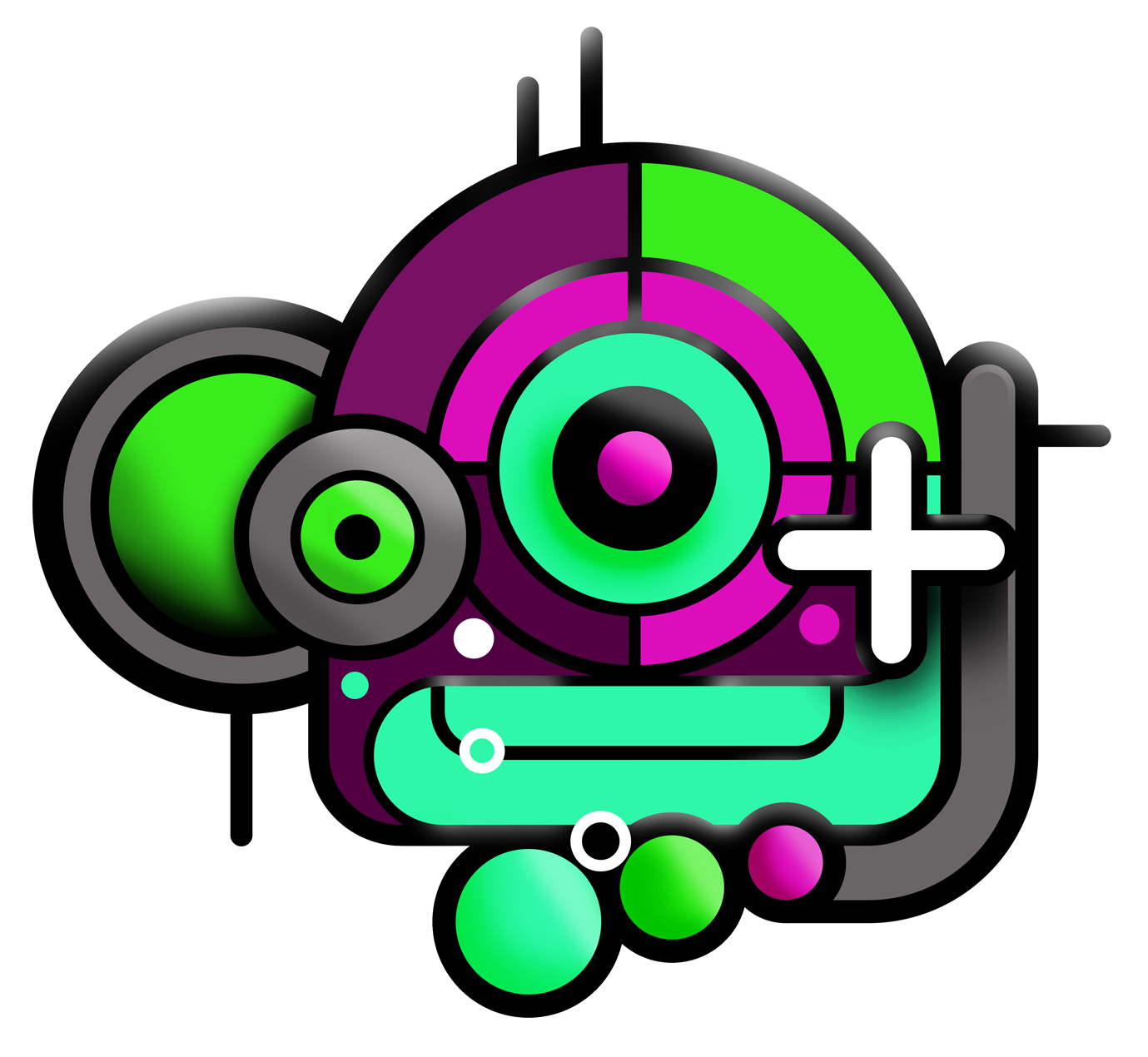Content might be multiplying, but is it connecting? Is it resonating in the way great stories once did – not just engaging but anchoring us?
Last week on Substack, AI marketing expert Charlie Hills penned a sharp, clear-eyed provocation: Content is Dead. Long Live Connection. It caught me off guard and held me there.
Not because content is dead (it’s not – it’s alive, omnipresent, flooding our screens in formats we couldn’t have imagined five years ago), but because Charlie is right to point us towards the deeper issue: connection.
Content might be multiplying, but is it connecting? Is it resonating in the way great stories once did – not just engaging but anchoring us?
That question has never been more urgent. We’re living through a supercharged shift – a reformatting of reality – as artificial intelligence enters its next act. The race to create has become a sprint. With just a few prompts, almost anyone can make anything. Art. Music. Dialogue. Essays. Sales decks. Songs. Films. It’s dazzling.
And yet – it’s also flattening.
Because what we’re seeing now isn’t just a technological leap. It’s a philosophical one. One where the difference between originality and replication, between human thought and predictive patterning, is collapsing in plain sight.
The race to the bottom of the brainstem 2.0
Back in 2017, Tristan Harris – former Google design ethicist turned activist and leading voice of the Netflix documentary The Social Dilemma – warned of a phenomenon he called the race to the bottom of the brainstem.
Platforms weren’t just competing for time or clicks, he argued. They were competing for the most primitive parts of our brain: our instincts, our fears, our compulsions. Whatever could trigger outrage or anxiety – that’s what won the attention war.
The consequences are now well known: fractured focus, polarisation, social fatigue, and perhaps most disturbingly, a generation trained to skim, not think.
But what’s unfolding now feels like a spiritual sequel to that. A new race. This time, not towards the base of the brain, but towards the end of originality.
Because AI doesn’t think. It predicts.
It doesn’t dream or deliberate or dissent. It calculates likelihoods – what’s most probable, based on patterns of the past. It does this with extraordinary sophistication, but its engine is built not on insight, but inference.
And so, just as Harris warned us about platforms hijacking attention, today we face the subtle creep of something just as worrying: the erosion of human uniqueness through the mass rehashing of content.
Is content dead? Its intentions appear warped
To be clear: content isn’t dead. It’s thriving in volume. We have never had so much access to ideas, essays, videos, podcasts and posts. But the question is no longer how much, but how meaningful.
Because when content is generated by tools designed to mimic – not originate – we have to confront a brutal truth: intention matters.
In the past, “content” was less polished but had raw, unpolished soul. We sought stories – in church, around the fire, at the pub – to make sense of life. It feels like now we are just “wading through” a river that has broken its banks.
Today, we scroll. We skim. And increasingly, we wonder: who wrote this? Did anyone?
The horse bolted. What now?
Perhaps the horse has indeed bolted. The tools are here. Anyone can now produce passable content – indistinguishable at a glance from the real thing. But “passable” is not the same as “powerful”.
And this is where our opportunity lies.
It is possible – and urgent – to use AI not to replace creativity, but to amplify time. Let the machines handle the mundane. Let them assist, support, scaffold. And then use the time you get back, not to produce more noise, but to reconnect with the very essence of being human. It’s not easy when someone hands you a magic wand to stop tapping things, I know.
But time is a wonderful thing. Time to think, to read or for a long-overdue lunch with friends.
The greatest threat AI poses is not to employment, but to enchantment – to the spontaneity and serendipity that defines art, love, humour and originality. And we must see that our kids will need this mentorship in connection and relationship as time goes on.
LinkedIn’s demise
Nowhere is this shift more visible than on LinkedIn.
What once felt like a platform for raw professional reflection – real people, real ideas – is slowly becoming an uncanny valley of templated inspiration and machine-stitched leadership.
You can sense the AI-ness. The bland polish. The synthetic sincerity. It sounds right, but it feels wrong.
The solution isn’t to quit. It’s to reclaim tone. To sound like yourself. To say things that don’t sound like anyone else could say them. To use tools for acceleration, but let you do the speaking.
The real winners in this AI era will not be those who extract the purest margins or fastest output. They’ll be those who master the balance: AI and humanity. Efficiency and empathy. Data and depth.
They’ll be the ones who deploy the extra time AI gives them to become more human – not less.
That could mean more family time. Or mentoring. Or writing something messy and bold. Or just watching a film without checking your phone. Whatever it is, it’s the redeployment of time towards meaning that will mark the new creative class.
Final thoughts: A call to be seen
This isn’t a Luddite’s lament. This is a call to awareness.
We’re at a cultural fork in the road. AI is here, and it’s extraordinary. But it is not us. It can assist, but it cannot replace. And if we let it mimic the soul out of our storytelling, we will look back and realise we lost something irreplaceable – the texture of being alive.
So no, content isn’t dead. It’s dynamic and alive, its production value is better than ever, but will anyone care if they think it’s fake.
We will be digging harder than ever for connection. That’s the new gold in marketing over the next few years. Much harder to mine, but more valuable than ever.
My business partner and CEO, Mike Butler, doesn’t lean on AI much at all. He doesn’t need to. He is a master of caring about people’s outcomes, asking questions, probing for strategic insights and value and for nurturing relationships. He unlocks the most value in our AI business, ironically. Our entire team would agree. I would have my kids use AI well but drive with Mike’s foundation for how to relate to people.
Let’s not settle for attention. Let’s fight for connection, which will mean that humans adapt to bring the elements of what we see, what we read between the lines, by dialling up human insight and relationships and humour.
Need a marketing agency? One that harnesses the power of AI for efficiency and results? And, most importantly, one driven by people who care about other people, the planet, and society?
At Humaine, we blend AI with human expertise to deliver smarter, faster, and more impactful outcomes—because the future of business isn’t just about profit; it’s about purpose.
Extraordinary Together.







